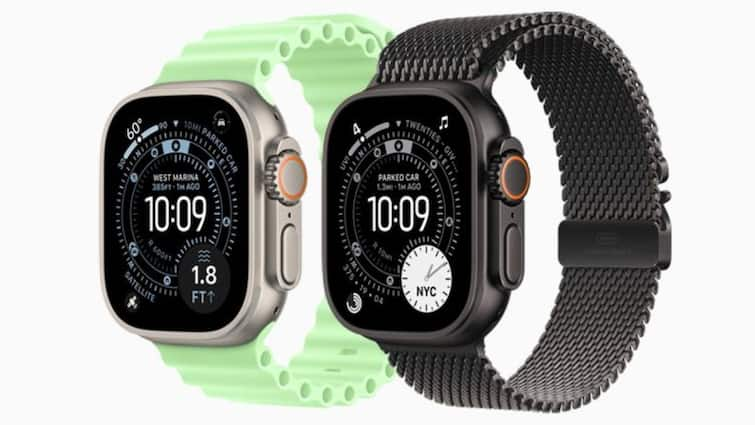In a tense incident off the coast of Pondicherry, Mumbai-based financial analyst Kshitij faced a life-threatening situation while scuba diving with his instructor. His weight belt unexpectedly detached, causing an uncontrolled, rapid ascent toward the surface.
Such an ascent can trigger severe medical conditions, including Decompression Sickness and lung overexpansion injuries, and in Kshitij’s case, the busy fishing traffic near the surface added to the danger. Poor visibility further complicated the rescue, making it difficult for his dive partner to respond in time, reported The Economic Times.
Technology to the Rescue
Kshitij credits his Apple Watch Ultra for saving his life. The watch detected the dangerously fast ascent and issued an initial warning on its screen: “SLOW DOWN.”
When the rapid rise continued, the device triggered its Emergency Siren, a high-pitched alert designed to cut through water and noise. The instructor, alerted by the siren, was able to reach Kshitij and safely manage his controlled ascent.
Kshitij remarked, “Before this incident even I wasn’t aware that the Apple Watch Ultra has this feature, so it was like a surprise to me”. He added that a faster, uncontrolled rise could have resulted in a collision with fishing boats near the surface.
The Critical Role of the Emergency Siren
The siren is designed for maximum effectiveness:
High Audible Range: The alternating high-pitched sound penetrates water and ambient noise.
Automatic Activation: Real-time sensors monitor depth and pressure, automatically triggering the alarm during dangerous ascents.
Tim Cook Responds
Kshitij shared his experience with Apple CEO Tim Cook via a detailed letter, who personally acknowledged the story. Cook praised the engineering teams behind the Apple Watch Ultra, highlighting the company’s focus on safety and health innovations.
Other Safety Features In Apple Watch Ultra 3
Apple’s latest Ultra 3 builds on these life-saving capabilities. New features include:
150m Dive Compliance: Supports deeper recreational dives.
Decompression Risk AI: Provides personalised alerts using real-time nitrogen tissue modelling.
Emergency Power Reserve: Ensures 12 hours of operation for GPS, cellular, and siren functions.
Automated Surface Signalling: Sends GPS-based distress alerts to designated contacts upon rapid surfacing.
This incident underlines how advanced sensors and intelligent software integration can transform wearable devices from helpful gadgets into critical life-saving tools for adventurers and extreme sports enthusiasts.



